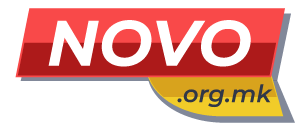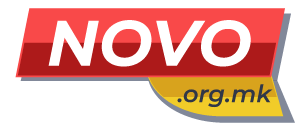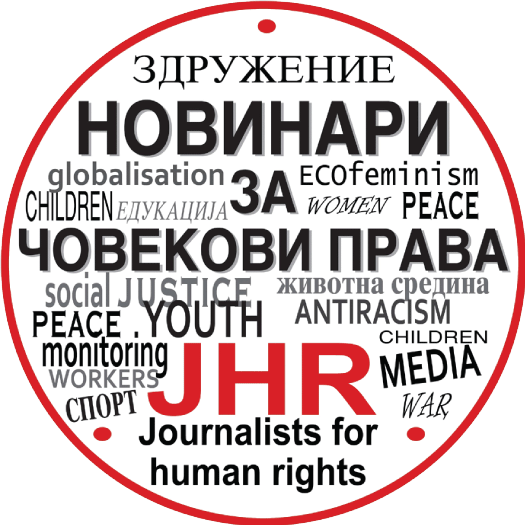Comprehensive Guide to the Warwick University Map
Warwick university map
To navigate efficiently around this institution, familiarize yourself with the online interactive platform available on the official website. This tool provides a detailed visual representation of the grounds, allowing you to pinpoint significant buildings, facilities, and amenities. Utilize it to plan your routes before heading out, especially during busy class schedules.
Make a note of key locations such as the Student Union, library, and lecture halls. The central area is designed for easy access to various services, making it ideal for first-time visitors. Additionally, handy markers for restrooms, food outlets, and quiet study spots are included to enhance your visit.
If you prefer a physical reference, consider printing a map directly from the site. Highlight your frequently visited spots and share tips with new students or guests. Engaging with the map actively not only enhances your awareness of the campus layout, but also fosters connections with others who may share similar routes.
Understanding the Key Landmarks and Facilities on the Warwick University Campus
Familiarize yourself with the Library as a central hub for study and research, housing extensive collections and study spaces. Next, visit the Student Union, a focal point for activities, offering various services, cafes, and entertainment options.
The Sports Centre is essential for fitness enthusiasts, featuring a gym, swimming pool, and courts for various sports. Don’t miss the Arts Centre, which hosts cultural events, exhibitions, and performances, making it a key player in campus life.
Explore the main plaza, where numerous events occur, creating a vibrant atmosphere. Nearby, the Mathematics Institute provides a blend of teaching and community, housing academic resources and research opportunities.
The campus also boasts beautiful green spaces, such as the Lake and surrounding parkland, ideal for relaxation and outdoor activities. Check out the various student accommodation options scattered around, ensuring easy access to all facilities.
Lastly, familiarize yourself with essential services, including health and counseling services, which are vital for student well-being. Utilize campus maps available online or at key locations to navigate efficiently.
How to Use the Warwick University Map for Navigation and Accessibility
Begin with the interactive online version to familiarize yourself with key locations. Utilize the search bar for specific buildings, departments, or facilities, which streamlines finding what you need quickly.
Access detailed layers, including accessibility options. Enable these features to identify ramps, elevators, and accessible entrances. This is crucial for individuals with mobility challenges.
Utilize the mobile interface during on-campus visits for real-time navigation. GPS functionality assists in pinpointing your location and provides step-by-step directions to your desired destination.
Make use of the ‘Nearby’ feature to discover significant amenities like restrooms, dining halls, and study areas within close proximity.
Before attending events, consult the map for parking options, especially if you’re bringing a vehicle. Designated parking zones are marked clearly, helping to avoid confusion.
For those requiring assistance, the campus provides a help line for navigating any challenges or questions that may arise. Keep this resource handy for immediate support.
Lastly, familiarize yourself with the layout by reviewing aerial views and walking routes on the physical map versions found at various checkpoints around the campus. These resources enhance overall spatial awareness.
Warwick university map
To navigate efficiently around this institution, familiarize yourself with the online interactive platform available on the official website. This tool provides a detailed visual representation of the grounds, allowing you to pinpoint significant buildings, facilities, and amenities. Utilize it to plan your routes before heading out, especially during busy class schedules.
Make a note of key locations such as the Student Union, library, and lecture halls. The central area is designed for easy access to various services, making it ideal for first-time visitors. Additionally, handy markers for restrooms, food outlets, and quiet study spots are included to enhance your visit.
If you prefer a physical reference, consider printing a map directly from the site. Highlight your frequently visited spots and share tips with new students or guests. Engaging with the map actively not only enhances your awareness of the campus layout, but also fosters connections with others who may share similar routes.
Understanding the Key Landmarks and Facilities on the Warwick University Campus
Familiarize yourself with the Library as a central hub for study and research, housing extensive collections and study spaces. Next, visit the Student Union, a focal point for activities, offering various services, cafes, and entertainment options.
The Sports Centre is essential for fitness enthusiasts, featuring a gym, swimming pool, and courts for various sports. Don’t miss the Arts Centre, which hosts cultural events, exhibitions, and performances, making it a key player in campus life.
Explore the main plaza, where numerous events occur, creating a vibrant atmosphere. Nearby, the Mathematics Institute provides a blend of teaching and community, housing academic resources and research opportunities.
The campus also boasts beautiful green spaces, such as the Lake and surrounding parkland, ideal for relaxation and outdoor activities. Check out the various student accommodation options scattered around, ensuring easy access to all facilities.
Lastly, familiarize yourself with essential services, including health and counseling services, which are vital for student well-being. Utilize campus maps available online or at key locations to navigate efficiently.
How to Use the Warwick University Map for Navigation and Accessibility
Begin with the interactive online version to familiarize yourself with key locations. Utilize the search bar for specific buildings, departments, or facilities, which streamlines finding what you need quickly.
Access detailed layers, including accessibility options. Enable these features to identify ramps, elevators, and accessible entrances. This is crucial for individuals with mobility challenges.
Utilize the mobile interface during on-campus visits for real-time navigation. GPS functionality assists in pinpointing your location and provides step-by-step directions to your desired destination.
Make use of the ‘Nearby’ feature to discover significant amenities like restrooms, dining halls, and study areas within close proximity.
Before attending events, consult the map for parking options, especially if you’re bringing a vehicle. Designated parking zones are marked clearly, helping to avoid confusion.
For those requiring assistance, the campus provides a help line for navigating any challenges or questions that may arise. Keep this resource handy for immediate support.
Lastly, familiarize yourself with the layout by reviewing aerial views and walking routes on the physical map versions found at various checkpoints around the campus. These resources enhance overall spatial awareness.
Please login or Register to submit your answer









